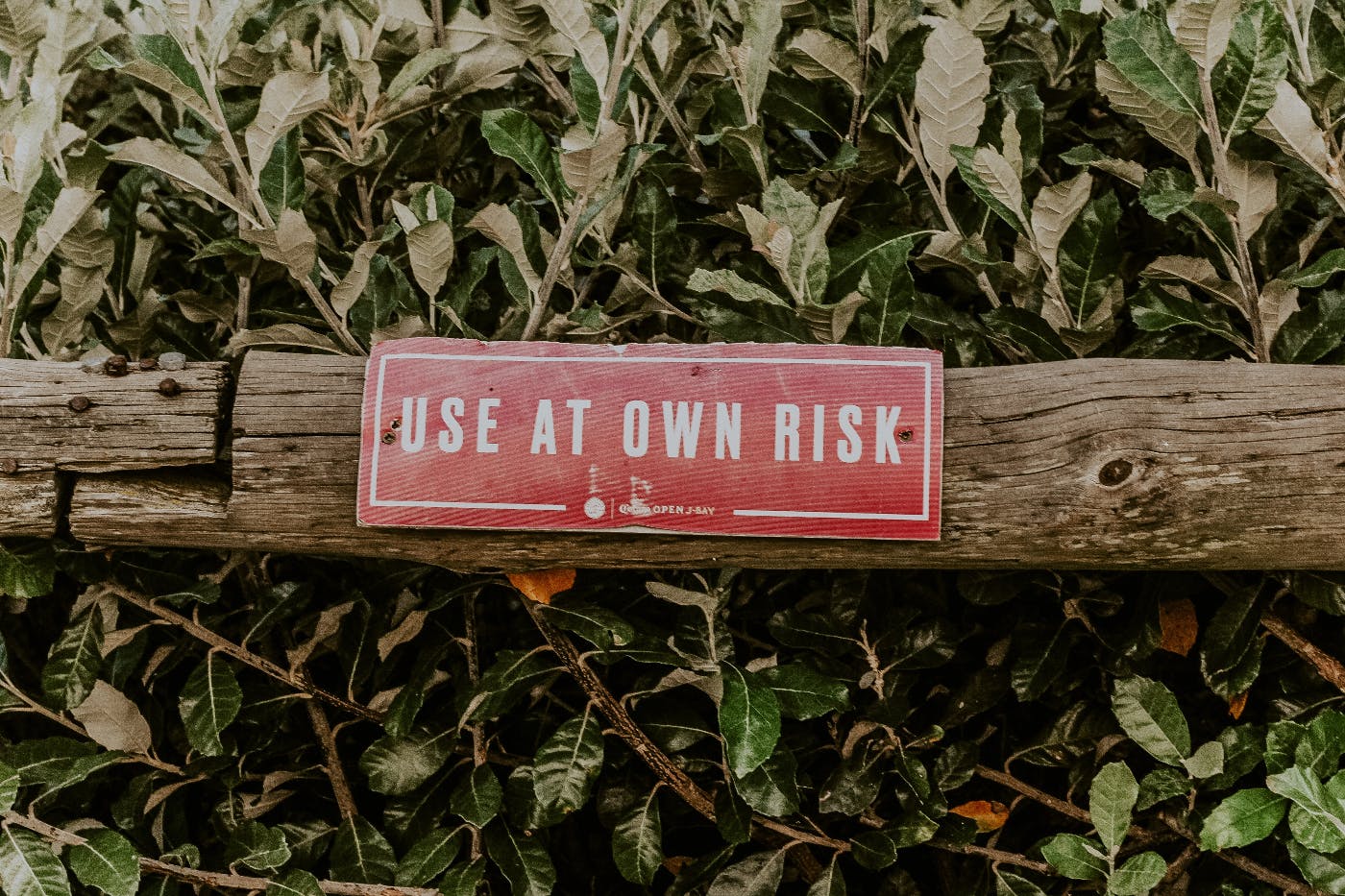
Have you ever heard of the term "cloaking" in relation to search engine optimization (SEO)? If you're not familiar with it, you're not alone. Cloaking is a controversial SEO practice.
Have you ever heard of the term "cloaking" in relation to search engine optimization (SEO)? If you're not familiar with it, you're not alone. Cloaking is a controversial SEO practice.
Cloaking may sound like a shortcut to boost your website's ranking. It can lead to severe penalties from search engines and damage your online reputation.
In this blog, we'll dive into what is cloaking in SEO. We’ll examine why it's considered a black hat SEO technique and look at the different types of cloaking., such as search engine cloaking software. So, let's explore this SEO tactic and learn why you may want to steer clear of it.
What Is SEO?
SEO stands for search engine optimization. It refers to all the actions one can take on a website to increase its visibility on search engine results pages (SERPs).
SEO aims to improve the quality and quantity of traffic to a website. It does this by increasing its visibility to users searching for relevant keywords and phrases.
This is achieved by optimizing the website's content, structure, and technical elements to make it more search engine-friendly. Effective SEO strategies can improve a website's ranking on search engine results pages and drive more organic traffic to the site. So you need to increase your search engine optimization technique.
What Is Cloaking in SEO?
Cloaking in SEO is a black hat technique used to deceive search engines. It does this by showing different content to search engine crawlers than what is shown to users.
It involves presenting two versions of a webpage—one for search engine crawlers and one for users.
Cloaking violates search engine guidelines and can lead to penalization or even removal of the website from the search engine results page.
White Hat Cloaking
White hat cloaking shows different content to search engine crawlers and website visitors without manipulating search engines or deceiving users. It enhances user experience by delivering content to other devices and geographic locations or languages.
It displays different versions of the same page to users based on location and language preference. White hat cloaking is acceptable if it adheres to search engine guidelines and does not manipulate search engine rankings.
It can improve the user experience and provide relevant content. Be cautious when implementing cloaking techniques.
SEO Cloaking

SEO cloaking refers to the practice of serving different content to search engine crawlers and users to manipulate search engine rankings. It uses techniques like IP-based cloaking, user-agent cloaking, or referrer cloaking.
The content presented to search engine crawlers is often stuffed with keywords or hidden text. The content presented to users is optimized for user experience.
Different Types of Cloaking
There are several types of SEO cloaking techniques. Each has its approach and purpose. The following are the different types of SEO cloaking techniques:
IP-based Cloaking
IP-based cloaking is a technique that involves serving different content to different IP addresses. This is often used to target different regions or countries with other content.
A website may present different languages to users based on their IP addresses. IP-based cloaking deceives search engines by presenting optimized content to search engine crawlers and additional content to users.
User-agent Cloaking
User-agent cloaking is a technique that involves serving different content to search engine crawlers and users based on their user-agent information. User-agent information is a string of text identifying the web browser, operating system, and device used to access the website.
User-agent cloaking is often used to present mobile-optimized content to mobile users and desktop-optimized content to desktop users. However, offering different content to search engine crawlers and users can lead to penalization or removal from SERP.
Referrer Cloaking
Referrer cloaking is a technique that involves presenting different content to users based on their referral source. This technique is often used to serve content to users who have come from a search engine results page or a specific website.
Referrer cloaking can manipulate search engine rankings by presenting optimized content to search engine crawlers and different content to users.
JavaScript Cloaking
JavaScript cloaking is a technique that involves using JavaScript to hide content from search engine crawlers. JavaScript can be used to dynamically load content after the page has loaded, making it invisible to search engine crawlers.
JavaScript cloaking can present different content to search engine crawlers and users. This can lead to penalization or removal from SERP.
HTML Cloaking
HTML cloaking is a technique that involves using HTML to hide content from search engine crawlers. HTML can hide text or links by making them the same color as the background or by using tiny font sizes.
HTML cloaking can present different content to search engine crawlers and users. This can lead to penalization or removal from SERP.
Risks Associated with Cloaking

As we've mentioned, cloaking is a black hat SEO technique that violates search engine guidelines. It can result in penalties or even removing a website from search engine results pages. The risks associated with cloaking include:
Penalties and De-indexing
Search engines like Google have strict guidelines that prohibit the use of cloaking. Websites that use cloaking can face severe penalties, including de-indexing from the search engine results pages.
Loss of Traffic and Revenue
Cloaking can lead to a drop in traffic and revenue as search engines remove websites from their results pages. This can have a significant impact on the business's bottom line.
Damage to Reputation
Cloaking is considered a black hat SEO technique and can damage a website's reputation. This can have long-term effects on the business's credibility and trustworthiness.
Legal Consequences
In some cases, cloaking can also lead to legal consequences. This happens if it is used to deceive users or engage in fraudulent activities.
Cloaking can harm your website's ranking and reputation. By understanding the different types of cloaking, you can avoid this practice and implement ethical SEO strategies to improve your website's visibility and traffic.
Better SEO Facts to Follow
What are some SEO facts and techniques that won't penalize your website? The following SEO tips can help boost your website's ranking and visibility.
Conduct Keyword Research
The first step in optimizing your website for search engines is to conduct keyword research. This involves identifying relevant keywords and phrases your target audience is searching for.
Use keyword research tools such as Google Keyword Planner or SEMrush to find high-volume, low-competition keywords. Use long-tail keywords to target specific search queries and improve your chances of ranking higher.
Optimize On-Page Elements
On-page optimization involves optimizing the content and structure of your website. Use descriptive and relevant title tags, meta descriptions, and header tags.
Use keywords in the body of your content, but avoid keyword stuffing. Use internal linking to improve navigation and guide users through your website.
Improve Website Speed
Website speed is a critical factor for SEO. Use a fast web hosting service and optimize your website's images and videos.
Use caching and compression to reduce page load times. Use Google's PageSpeed Insights tool to identify areas for improvement.
Focus on Mobile-Friendliness

Mobile-friendliness is another crucial factor for SEO. Ensure that your website is mobile-responsive and looks good on all devices.
Use Google's Mobile-Friendly Test tool to check if your website is mobile-friendly. Optimize for voice search by using conversational language and long-tail keywords.
Build Quality Backlinks
Backlinks are a vital factor for SEO. Build quality backlinks from reputable websites in your industry. Use guest blogging, broken link building, and other tactics to build backlinks. Avoid buying backlinks or using black hat techniques.
Use Social Media
Social media can help improve your website's visibility and reach. Share your content on social media platforms to reach a wider audience. Build a following on social media to increase brand awareness and credibility. Use social media to engage with your audience and build relationships.
Monitor Analytics and Metrics
Monitoring your website's performance using analytics and metrics is essential for SEO. Use Google Analytics to track traffic, user behavior, and other metrics.
Identify areas for improvement and adjust your SEO strategy accordingly. Use A/B testing to optimize your website's performance.
Use Local SEO
Use local SEO to improve your visibility in local search results if you have a local business. Use Google My Business to create a business listing and manage your information.
Add local keywords and phrases to target local search queries. Get listed on local directories and review sites to improve your local visibility.
Create Quality Content
Quality content is essential for SEO. Create informative, engaging, and relevant content that provides value to your audience. Use multimedia such as images, videos, and infographics to enhance your content. Avoid duplicating content or using thin content.
Stay Up-to-Date with SEO Trends
SEO is constantly evolving, so staying up-to-date with the latest trends and best practices is essential. Follow SEO blogs, forums, and industry experts to stay informed.
Attend SEO conferences and events to network and learn from others. Continue adjusting your SEO strategy to adapt to changes in search engine algorithms, and look for a cloaking checker tool.
Let Us Help
Remember that ethical SEO practices take time and effort, but the results are sustainable and long-lasting. Now that you know what cloaking is in SEO, you can put better practices in place. Contact Thought Lab in Salt Lake City if you need help with your SEO or digital marketing efforts.
Our experienced team of professionals can help you create a customized strategy that suits your business needs and goals. Contact us today to take your digital presence to the next level.

